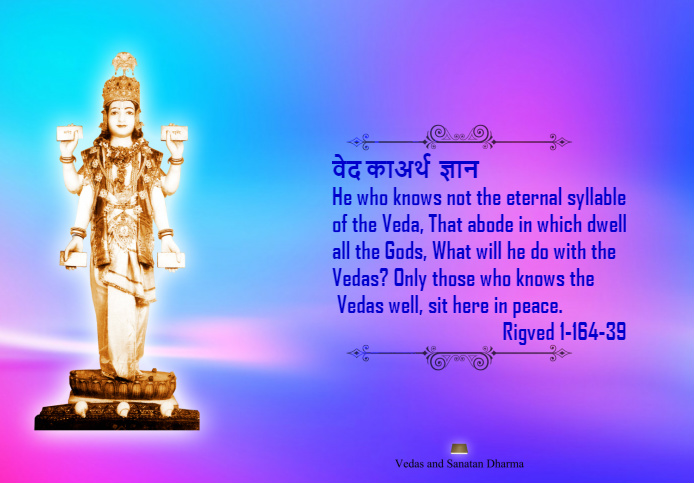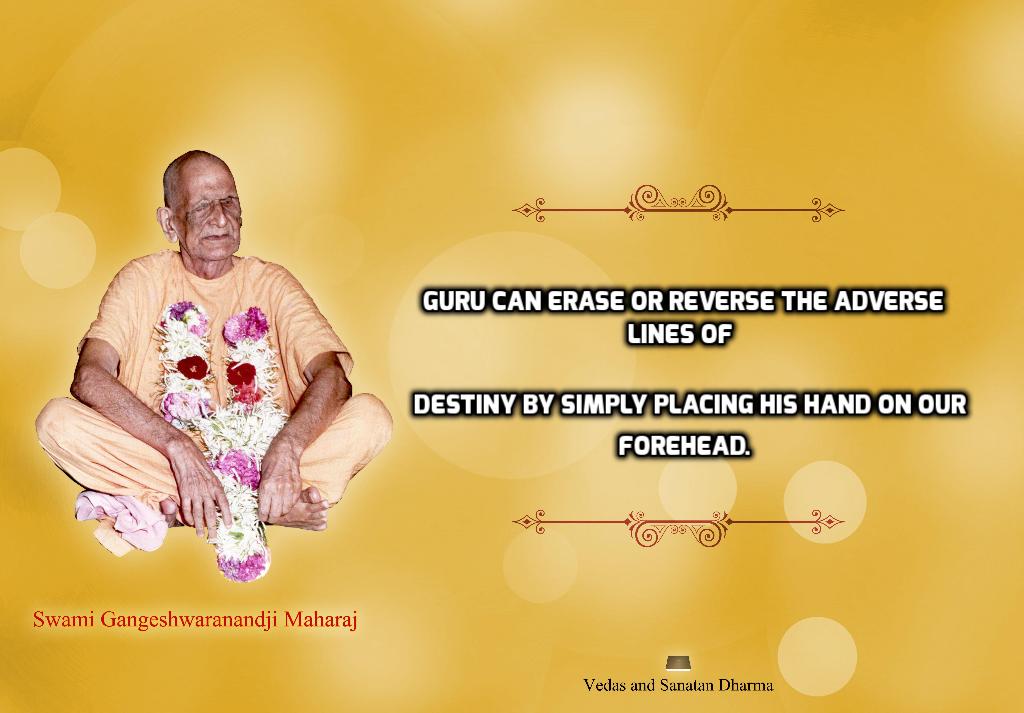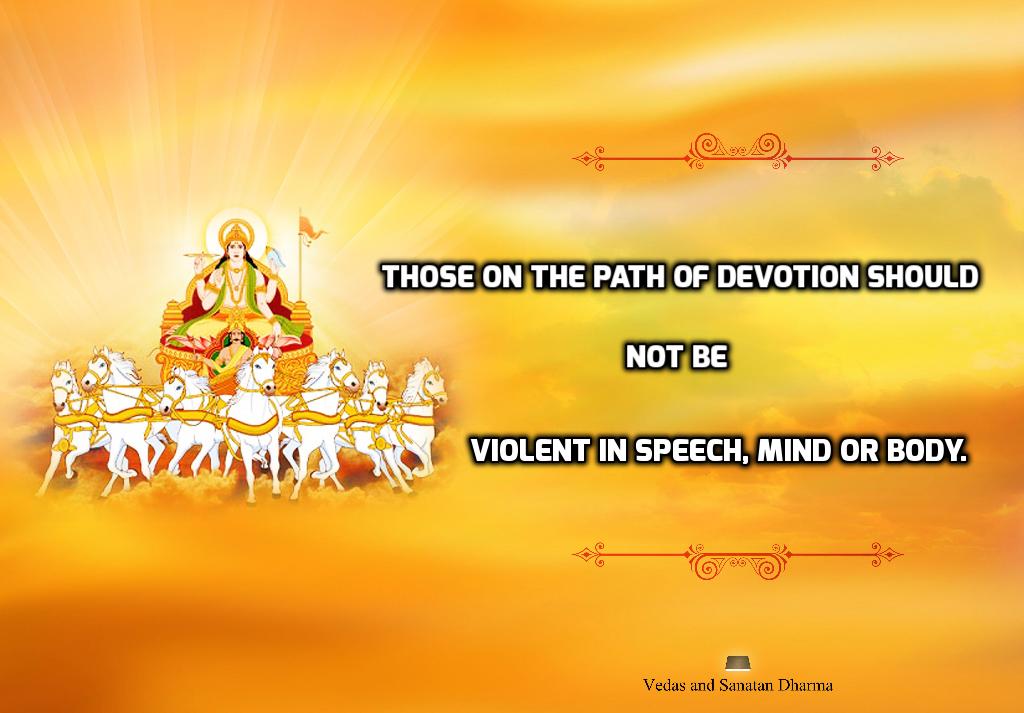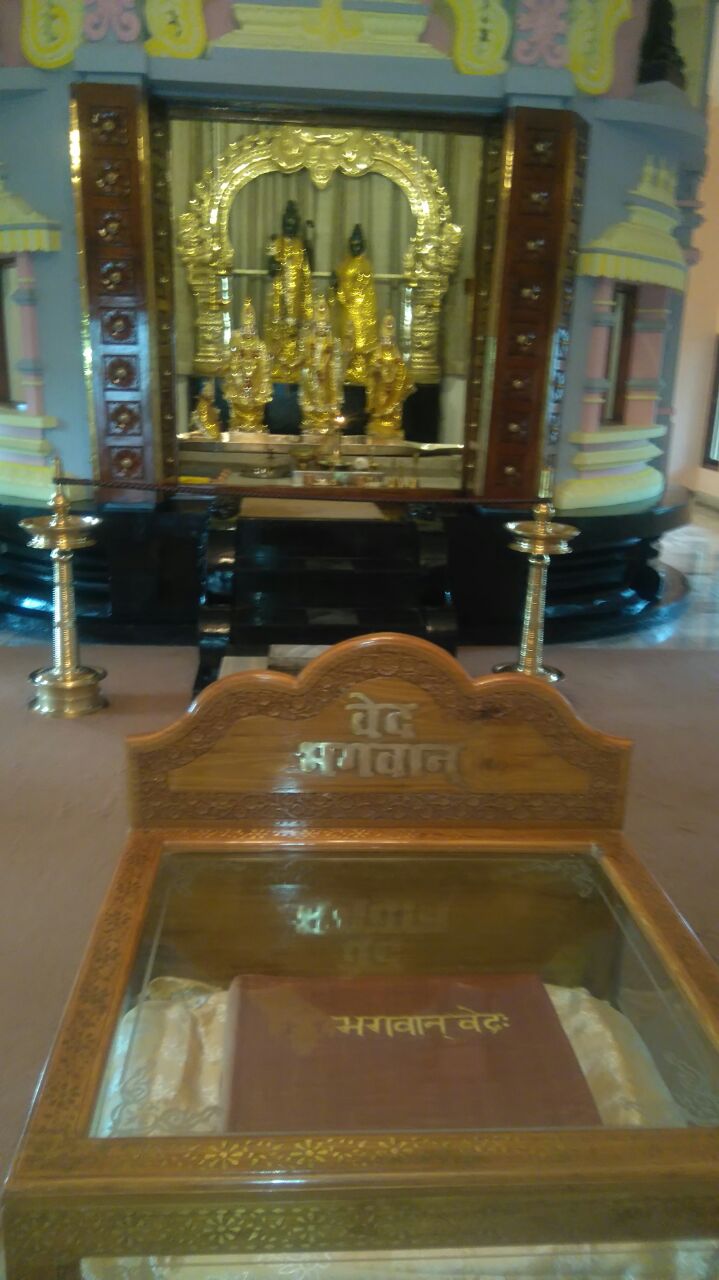THE Essence of the VEDAS
VED SAAR
The essence of the VEDAS
Excerpt Taken from the Book- Yogeshwar Guru Gangeshwar -Jeevani 1 in Hindi By Ratan Behan Fojdar
VEDANT DARSHAN at MANDI Himachal Pradesh – April 1959 At the residence of Vazir Sahab.

Sadguru Swami Gangeshwaranandji Maharaj said–
The gist of all the Vedas is contained in the word SOHAM
Shukla Yajur Veda( Kaarva Shukla 40-16)
This Vakya ( utterance) is described in the Vedas and the Upanishads in the form of 4 MAHA VAKYAS.
Prajnanam Brahma (प्रज्ञानम् ब्रह्म)
This is the first Maha Vakya from the Rig Veda and Aetriya Upanishad ( 3-3)
Aham Brahma Asmi (अहम् ब्रह्म अस्मि)
The second Maha Vakya is from the Yajur Veda ( Kaarva Shakha)and from the Brahdaranyaka Upanishad.( 1-4-10).
Tat Tvam Asi (तत् त्वम् असि)
This third Maha Vakya is from the Sam Veda and Chandogya Upanishad (6-8-7).
Ayam Atma Brahma (अयम् आत्मा ब्रह्म)
This 4 th Maha Vakya is from the Atharva Veda and Mandukya Upanishad (mantra 2).

THE ESSENCE OF PURANAS
Gurudev said—
In the 18 important Puranas Ved Vyasa has elucidated 2 main points.
The most important thing is to be benevolent and accrue PUNYA and the other point is—- that the biggest sin is to trouble the poor.
THE ESSENCE OF THE MAHABHARAT

Gurudev said-
After the victory in the Mahabharat , a lot of reflections were made by people ,regarding the reason for the victory of the Pandavas.
Some attributed the victory to the strength of Bheema , and some to the archery of Arjuna , while others thought it was the truthfulness of Yudhistra.
Some were of the opinion that it was because of the help of Paramatma Shri Krishna that the war was won.
Ved Vyasa finally said __You are all simply attributing the victory to various aspects , but the truth is the war was won due to the
compassion (daaya) of Yudishtra.
A tribal woman was in labour pains and she was crying and screaming. Yudhistra was unable to see her in pain and he immediately got
down from the horse and had daaya (empathy) for her and started massaging her stomach and the heat produced by the rubbing ,
helped her to deliver the baby , thereby relieving her from great pain.
The lonely woman thanked Yudhistra from her Antar Atma ( with her innermost feelings) and blessed him by saying_-” Maharaj ,
may the Lord relieve you of your problems in the same way that you have come to my aid when I was in trouble.”
This was the main reason for the victory of the Pandavas as they had received this Ashirwaad (blessings) from a tribal woman .
THE ESSENCE OF THE GEETA

There are 700 shlokas in the Geeta . When we join the 1st and the last word of the Geeta we get to know the essence of the teachings in the Geeta.
The first shloka says `Dharma Kshetra’ and the last one says `Dhruva Nitir matir mama‘.
By joining the 2 we get a short sentence `Dharma mama‘.
This means that nothing in this world is mine. When we leave the world we shall leave behind everything . Only `Dharma’ we will take with us —(mama –mine).
Dharma stays with us in this loka and in the other world—ParLoka. This is the only thing that goes with the living being after death.
If you take the complete word `DharmaKshetra’of the 1st shoka and `Matir mama’ of the last shloka then we can see that Bhagwan is finally
saying—”Dharma Kshetra Matir mama”—My buddhi always takes the side , or is benevolent to the `Dharma Kshetra’ and no other `Kshetra’.
( it will mean that there is no other field of activity that Bhagwan takes the side of but –DHARMA).
Geeta is the LIGHT of Mahabharat . the central light of the GREAT EPIC. This means that the Mahabharat’s essence is also the same.

In the final Parva ( chapter) of the Mahabharat called Swarga Avarohan Parva ( ascent to the heaven) we can understand this essence.
Yudhistra was on the final journey with his brothers and wife. They die and leave him , one by one , on the snowy mountains.
There was a dog who does not leave him till the very end.
The messengers of the Gods (Devtas) come with a `Viman'( an aerial vehicle) to take Yudhistra to heaven and request him to come to Svarga .
The messengers tell him that Devraj Indra has started this new tradition of honouring a truthful person like him .
Until now no one has been able to go to SvargaLoka in the mortal body.
Yudhistra replies-“I would not like to leave my true companion behind . Can you take this true friend , the dog, also in his mortal body?”
The messengers replied that it would be impossible and that he should not insist on taking the dog along.
Yudhistra passed the test that the Devtas had planned for him . It was none other than DharmaRaj Yama who had accompanied him in the form of a dog.
This incident portrays that the final siddhant( principle) of the Mahabharat is ` Shasvat Dharma’.
This Dharma is portrayed as the true companion and co-traveler of the being.
Daya( compassion) prescribed earlier , is an inherent feature of Dharma.
(These were the words of Gurudev that enthralled the audience at Mandi-Himachal Pradesh.)

( Bhagwan Ved at Chinmaya Mission- Mandi-HP)
__._,_.___


